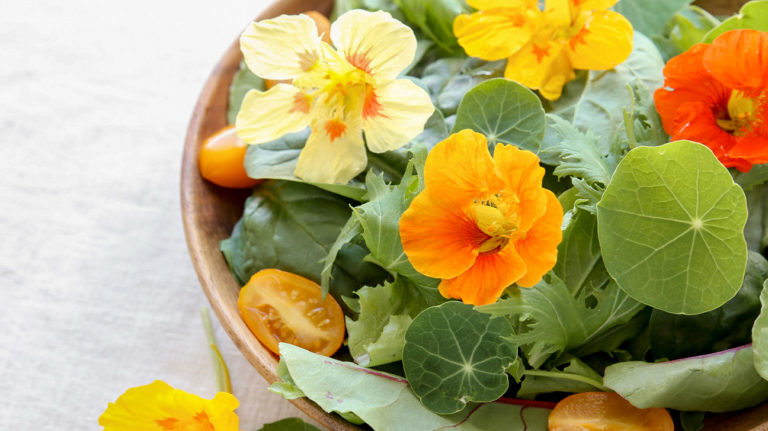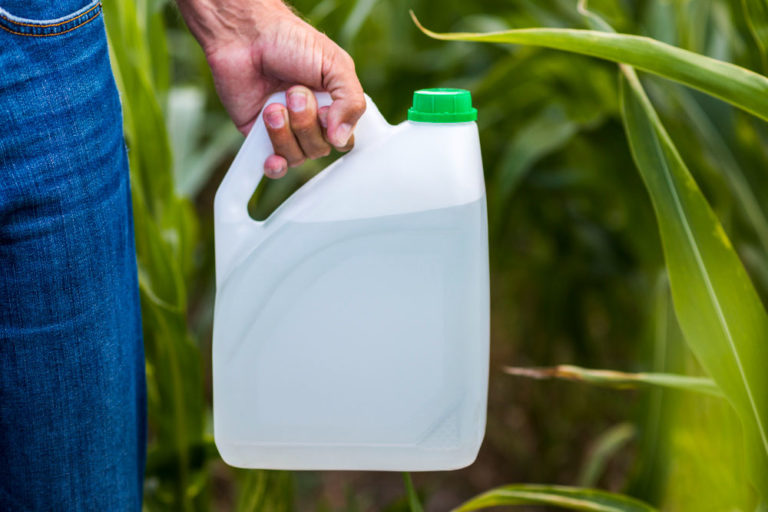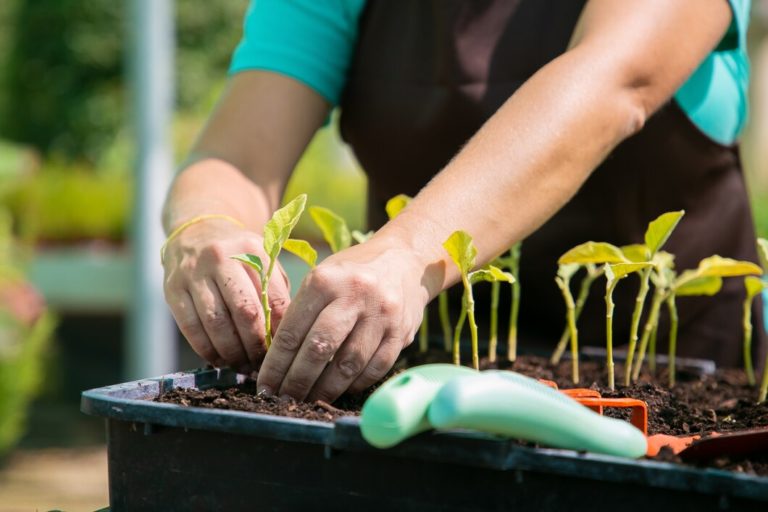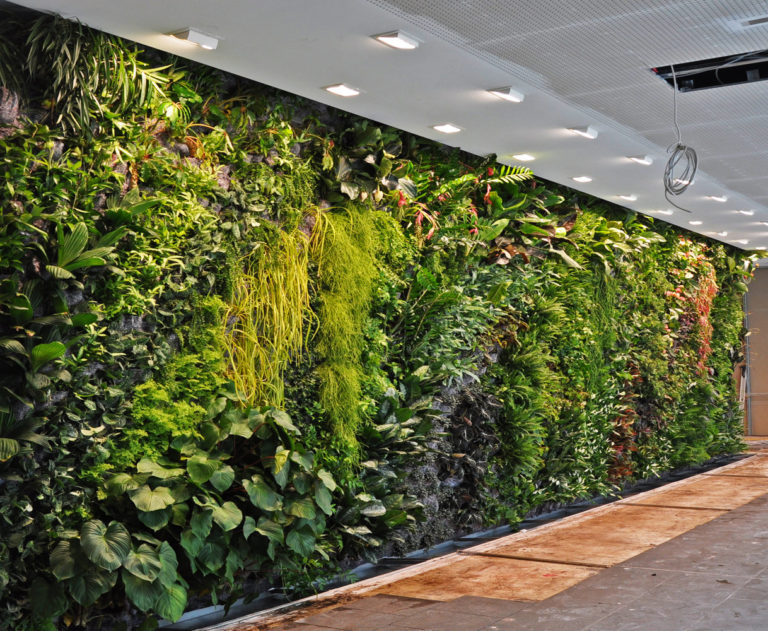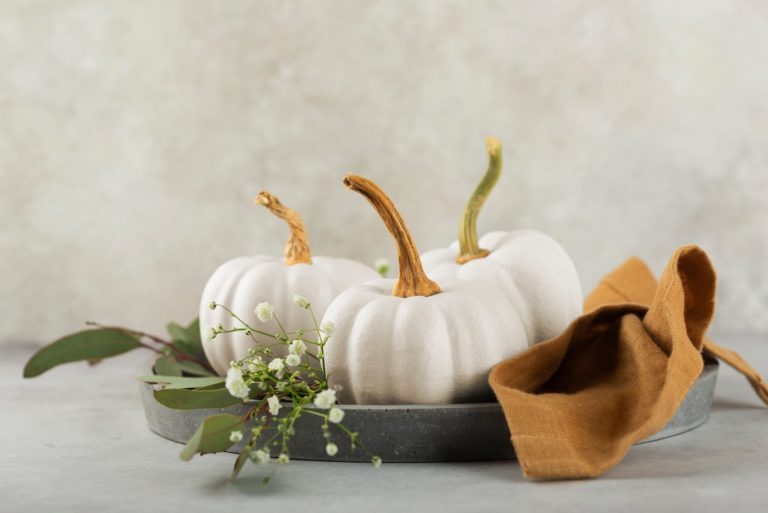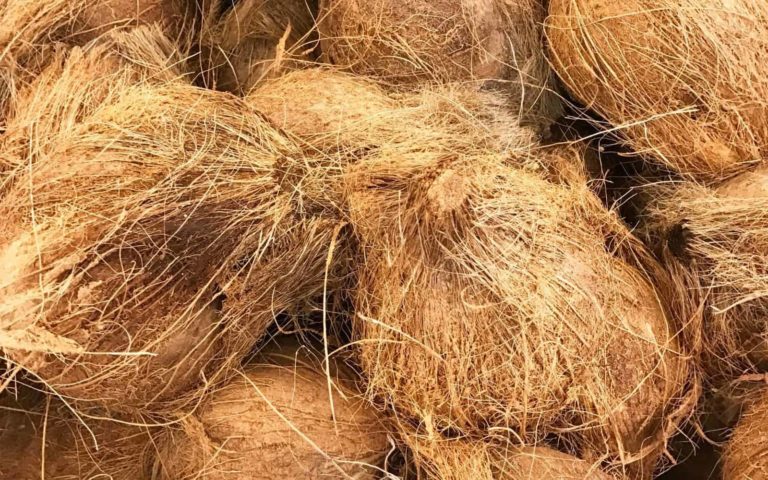A Comprehensive Guide to Indoor Gardening for Beginners
The world is getting busier, noisier, and surprisingly, greener! Urban gardening trends, particularly indoor gardening, are on the rise. But why? And how does one begin this journey of greening their living spaces? We delve into these questions and provide a comprehensive guide to indoor gardening for beginners.
The Need for Indoor Gardening
Gardening, traditionally an outdoor activity, has found its way indoors due to various reasons. Urbanization and limited outdoor space, increasing awareness about mental health benefits of gardening, and the desire to grow one’s own organic produce, have all contributed to the surge in indoor gardening. This article by Park Seed provides a great insight into why indoor gardening is picking up pace.
Starting Your Indoor Gardening Journey
What Are The Best Plants For Indoor Gardening?
Choosing the right plants for indoor gardening is crucial. Consider starting with easy-to-maintain plants such as the snake plant, pothos, or ZZ plant. This guide on houseplants from Good Housekeeping provides a list of plants suitable for beginners.
Necessary Tools for Indoor Gardening
Just like outdoor gardening, indoor gardening requires some essential tools. Some of these include potting mix, pots, a watering can, and pruning shears. Don’t worry, we’ve got you covered with this complete guide on gardening tools by Gardener’s Supply Company.
Choosing the Perfect Location
The location within your home plays a significant role in the health of your indoor plants. Factors to consider include light availability, temperature, and humidity levels. A north or east-facing window often works best.
Understanding the Basics of Indoor Gardening
Lighting
Plants need light for photosynthesis. Indoor plants require 12-16 hours of light per day. Consider using artificial grow lights if your home doesn’t receive enough natural light. We wrote a post about how plants are affected be too little or too much light.
Read also: How to Grow Herbs Indoors Without Sunlight
Temperature
Most indoor plants prefer temperatures between 60°F and 75°F. Avoid placing your plants near air vents, heaters, or drafts to prevent sudden temperature changes.
Humidity
Most houseplants originate from tropical regions and thus prefer high humidity levels. Maintaining adequate humidity, especially during winters, can be achieved by using humidifiers or by misting your plants regularly.
Watering
Watering needs vary from plant to plant. Overwatering is a common mistake and can lead to root rot. A general rule is to water when the top inch of soil is dry.
Cultivating Your Indoor Garden
Planting
When planting, ensure you choose the right size pot with good drainage. Fill the pot with a high-quality potting mix, plant your seedling, and water it thoroughly.
Care and Maintenance
Regularly check your plants for signs of distress. Prune dead or yellow leaves to encourage growth. Also, remember to fertilize your plants as indoor plants exhaust the nutrients in their soil.
Pests and Diseases
Indoor plants can attract pests like aphids, spider mites, and mealybugs. Regular inspection and cleaning of leaves can prevent infestations. If pests are present, use an organic pesticide or insecticidal soap.

Advantages of Indoor Gardening
Indoor gardening not only beautifies your space but also purifies the air, improves mental health, and offers the joy of growing your own food. Check out this article that explains the benefits in detail.
Common Indoor Gardening Mistakes to Avoid
Like any new hobby, indoor gardening comes with a learning curve. Avoid common mistakes such as overwatering, not providing enough light, ignoring humidity requirements, and not repotting when needed. This post explains common mistakes to avoid.
Container Gardening for Beginners: 10 Awesome Tips to Get Started
Conclusion
Indoor gardening is a rewarding hobby that offers numerous benefits. Starting might seem daunting, but understanding the basics and learning from mistakes can lead you to cultivate a thriving indoor garden.


